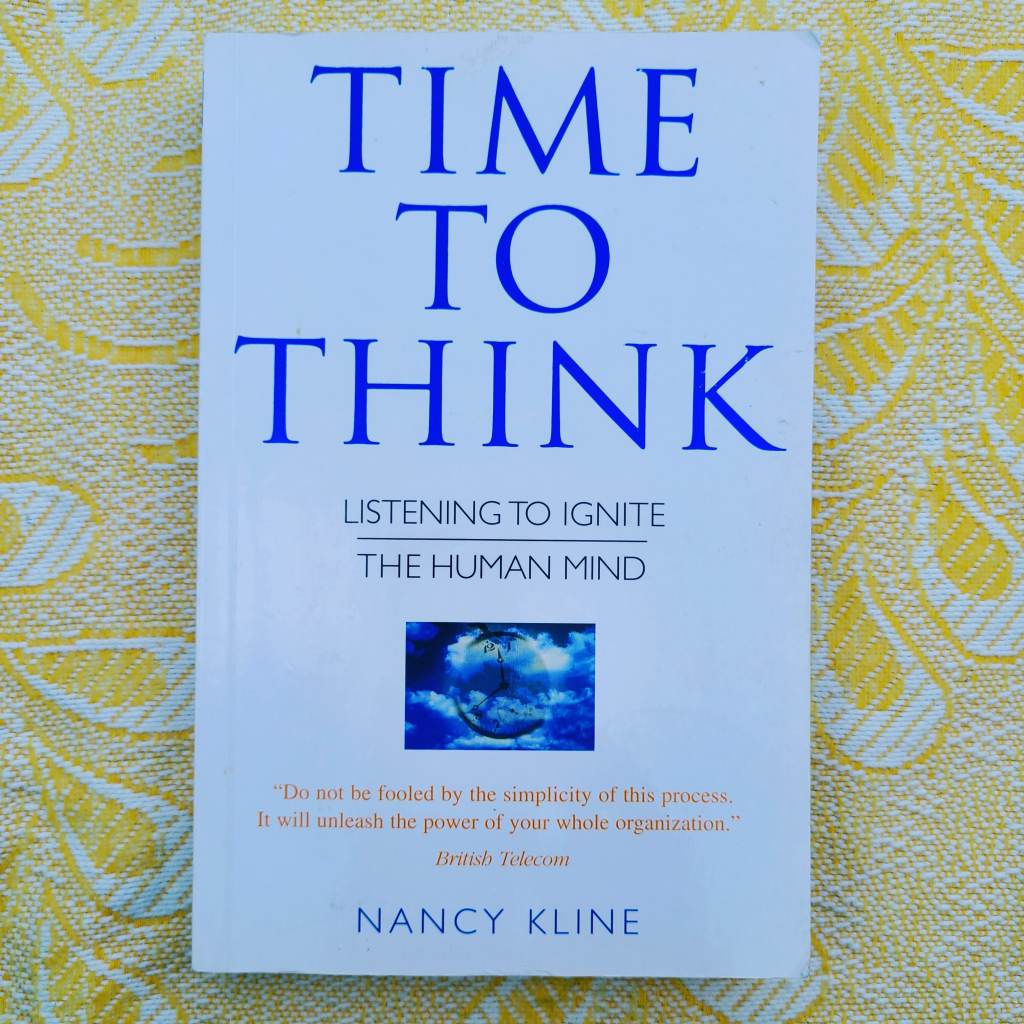I was confronted with a challenge this year: in addition to teaching groups of GCSE English re-sit students, I also had a single class of Entry Level 3 Functional Skills English students, from the Construction faculty. I had never taught Functional Skills English before, and didn’t really know where to begin.
My first port of call was the wonderful SkillsWorkshop website, which boasts a huge and extensive collection of free functional skills resources. Here, I found a full learning plan for functional skills English, which I downloaded and started to edit and adapt.
I knew that I would have to find ways to engage these students with contextualised activities, to help them connect English skills with their plumbing, electrical or carpentry courses. I also knew that I needed to support them to be successful in their separate Reading, Writing, and Speaking, Listening & Communication assessments, but I wanted to do this in a more organic way rather than teaching them as individual skills. But how?
I drew upon my experiences in JoyFE💛 Collective ‘s Ideas Rooms, where we used Nancy Kline’s Thinking Environment as a tool for exploring ideas, in a structured and safe space, and decided to embed this as a pedagogy in my functional skills lessons.
Why? Firstly, to ensure that everyone in my class would have their voices heard and appreciated. Secondly, to provide everyone with the chance to boost their speaking and listening skills in every lesson, and not just to help them prepare for the Speaking, Listening & Communication assessments. Finally, and most importantly, to help them develop their independent thinking skills, without which, they wouldn’t be able to achieve their Functional Skills qualification at all: we can’t write without thinking, or speak without thinking, and reading fuels our thinking. In a nutshell, I wanted to use the Thinking Environment as a way to connect all the Functional Skills elements: reading, writing, speaking, listening and communicating.
I was blessed with having a small cohort of just seven students, which made it much easier to embed the Thinking Environment. These students were from three different courses (plumbing, electrical, and carpentry) which meant that they didn’t necessarily know each other, and some were louder than others, but the Thinking Environment helped to remove any social barriers and empowered them to be treated equally.
We used the Thinking Environment to share ideas before writing tasks; to share experiences; to share responses to reading tasks; to explore and to respond to different opinions; and, as a way to respect turn-taking and each other. It became a regular feature in every lesson, so that by the time these students had to do their group discussion assessments, everyone passed first time, without the need for any resits or unnecessary stress: thinking, speaking and listening had become so routine for them, that the group discussion assessment felt almost like any other lesson.
And that was my intention all along: to remove the fear and anxiety that many students associate with speaking, listening and communication assessments. By using these skills in every lesson, through the Thinking Environment, it became second nature.
I am certain that this approach helped with the writing assessments, too. Initially, the students would rush through written tasks, but through practicing thinking, they began to slow down, and took the time to develop their ideas in their writing. One student in particular, who I had been worried about at the beginning because their writing skills seemed so low, smashed the writing assessment because they used all of the available time and really considered everything they were writing.
Nancy Kline’s Thinking Environment is often used in staff meetings, but do consider embedding it into your lessons, too, as a way to help students to develop their thinking and communication skills.

